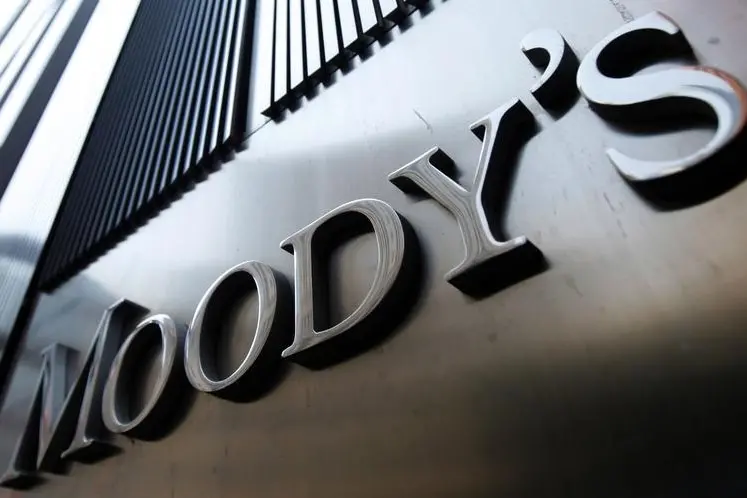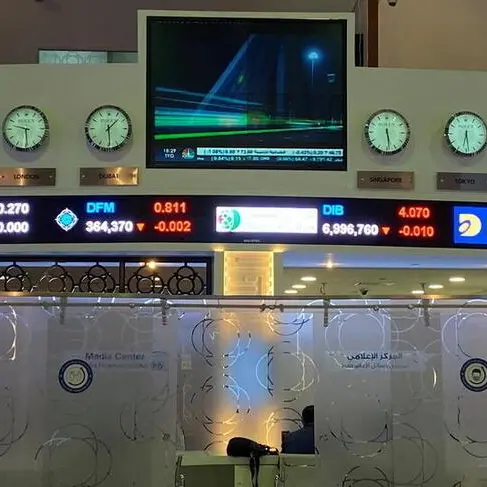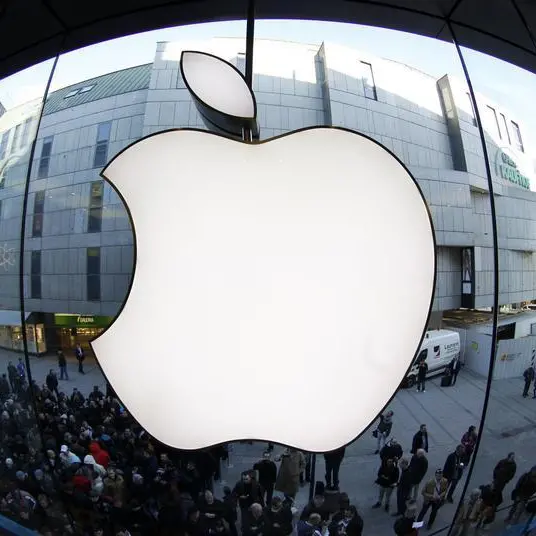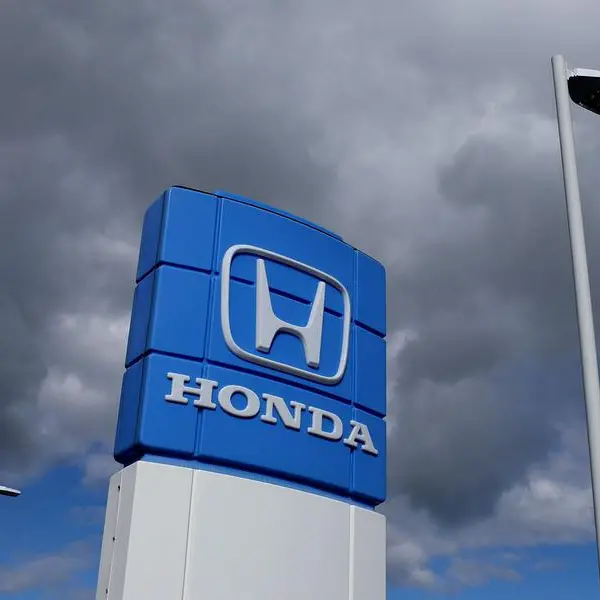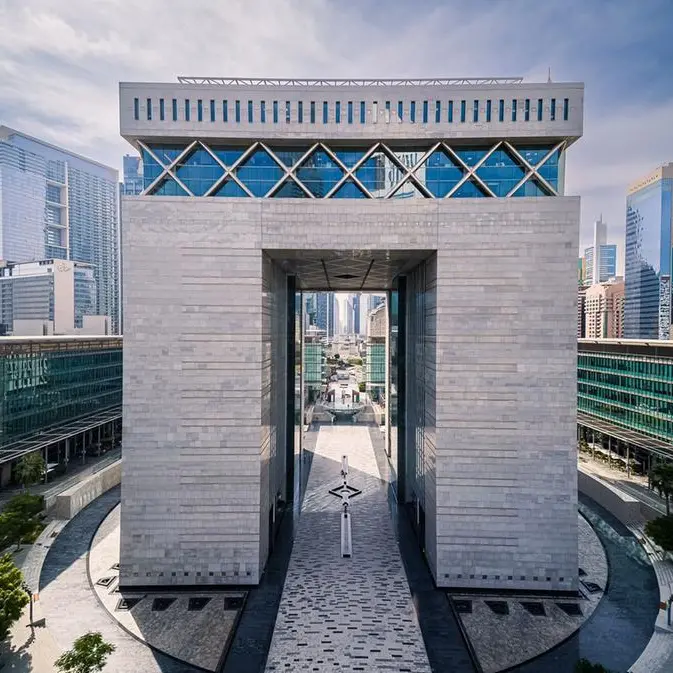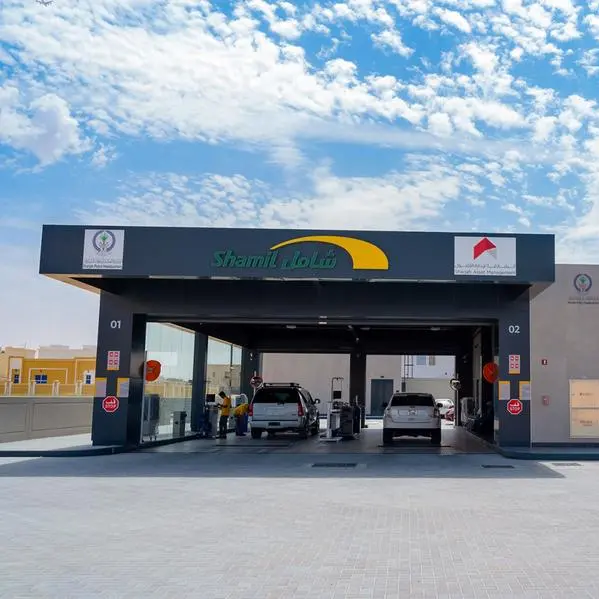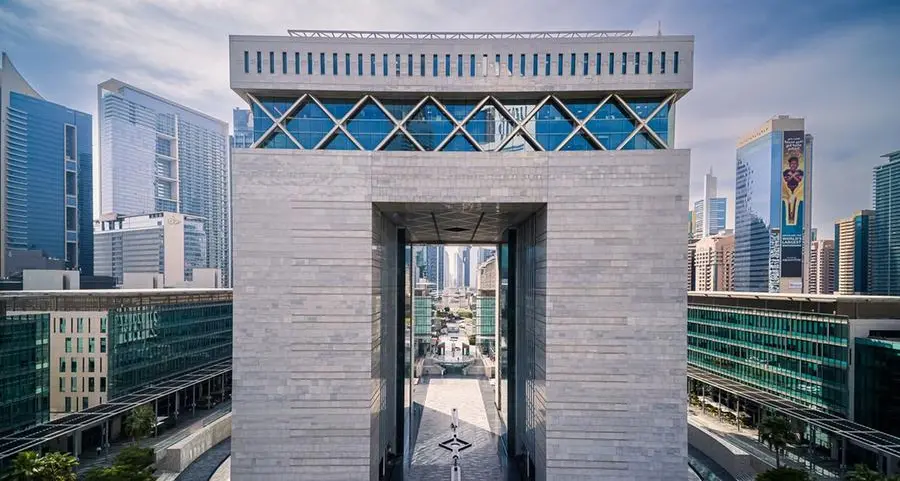PHOTO
JEDDAH — Omani banks' funding and liquidity is expected to remain tight over the next 12 to 18 months as the price of oil stays below breakeven restraining deposits from the government, Moody’s said in a report published Tuesday.
"Project financing, corporate expansion and strong mortgage demand are driving lending growth, but deposits - primarily from the government - will lag," said Mik Kabeya, AVP-Analyst at Moody's. "The smallest banks will feel the impact most in higher funding costs and reduced profits."
Moody's expects the funding squeeze to continue, given the government's high breakeven point for oil, at $85 a barrel.
Moreover, banks are likely to respond by paying more for local currency deposits, increasing their lending rates, lending more selectively, and raising foreign-currency funding, Kabeya added.
The report said the public sector accounted for 35% of deposits in February, or 28% of gross domestic product (GDP), the highest in the Gulf region, yet the government's rising debt leaves it increasingly vulnerable to changes in the risk appetite of foreign investors.
The report added that the smallest banks will feel the impact most in terms of higher funding costs and reduced profits. However, small Omani banks with more limited access to deposits and to bond markets will bear the brunt of the funding squeeze. Their costs
will rise the most, weighing on their profits. Their healthy profitability, nonetheless, provides a buffer against losses.
Some banks, however, such as Bank Muscat, exhibit distinctive funding and liquidity features. Bank Muscat, the largest bank in Oman, is the best positioned among local banks to weather the tight liquidity. The bank enjoys a large deposit market share (36%) given its large branch network (169 branches), geographical reach, and local market expertise. Bank Muscat has superior access to international capital markets than the other local banks.
Other banks with stronger than average funding and liquidity include HSBC Bank Oman (HBON) and Oman Arab Bank (OAB).
HBON's strong liquidity reflects its large low-cost deposit base. OAB's solid funding reflects its conservative liquidity management, with a less intensive balance sheet usage than peers. At end-2018, HBON and OAB had loan to deposit ratios of 72% and 98% respectively (105% local average). Both banks exhibit lower-than-average market funding reliance, at 2.7% for HBON and 1.6% for
OAB, compared with the 11.1% system average. HBON benefits from a large share of low-cost current and saving accounts (70% of deposits) and higher liquidity than peers, with a liquid assets to tangible banking assets ratio at 38.2% (22.2% system average). — SG
© Copyright 2019 The Saudi Gazette. All Rights Reserved. Provided by SyndiGate Media Inc. (Syndigate.info).
